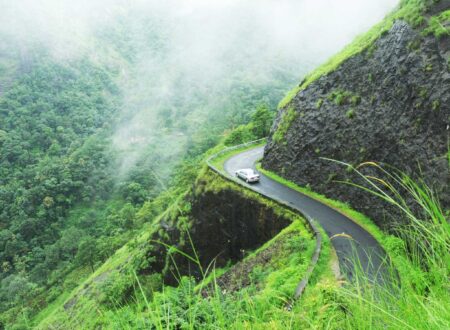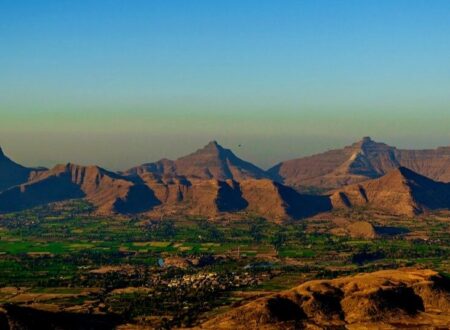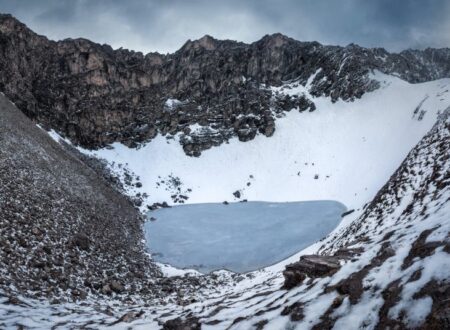Revisiting the Royal History and Glorious past that still echoes within the walls of the stunning Jaigarh Fort.
Rajasthan, the land of the Kings gave us some of the mightiest and wittiest rulers of India. Be it Maharana Pratap’s glorious Rajputana reign, Rana Kumbha’s undefeated Sisodia Rajput Empire, or the wit of Maharajas like Udai Singh and Jai Singh who gave Rajasthan the glorious architecture that defended their motherland with undying grace and power. All of them come from this gracious sand kingdom and desert state. When we talk of Jaipur, Maharaja Jai Singh truly was a Praja ka Raja (King of the People). And is reflected not only in the way he ruled his kingdom but also in the far-sighted efforts that he made for his land – Jaigarh
One of his stunning contributions to the city of Jaipur is the Jaigarh Fort. Jaigarh Fort was also famous as the Victory Fort after Maharaja Jai Singh II. The fort is also famous as ‘Cheel ka Teela’ which means the Hills of Eagle and was building in the year 1726 as a protective structure to protect Amer Fort from an elevation. The Fort is strategically overlooking Amer Fort and the entire terrain of Amer Fort can be observed from Jaigarh Fort.
Jaigarh Fort is also in good connection and very close to the Nahargarh fort another important fort in the Rajput dynasty.

History of Jaigarh Fort:
To trace the origin of the Jaigarh fort, we need to travel back to the history of the Kachhwaha Dynasty. The Kacchwaha Dynasty are Suryavanshi Rajput Dynasty that claims to be the lineage of the Sun God Surya in Indian Religion. The Kachhwaha’s started establishing their kingdom in the Dhundhar Region of Rajasthan which later was Amer. The Amer Fort is located in present-day Jaipur today. Maharaja Jai Singh II belongs to the Kachhwaha Dynasty and built the Jaigarh Fort.
Jaigarh Fort was originally built as a protective defense structure for Amer Fort rather than being a normal residential fort. The Jaigarh Fort also in the Largest Cannon on wheels back in the year 1720- the Jaivana, which is at the Jaigarh fort even today. The Jaigarh Fort was a cannon foundry and overlooked the Amer Fort to ensure the protection of the capital fortress at all times. The Fort gives a bird’s eye view of the Amer fort and hence was given the name – the Cheel ka Teela (Hill of Eagles).
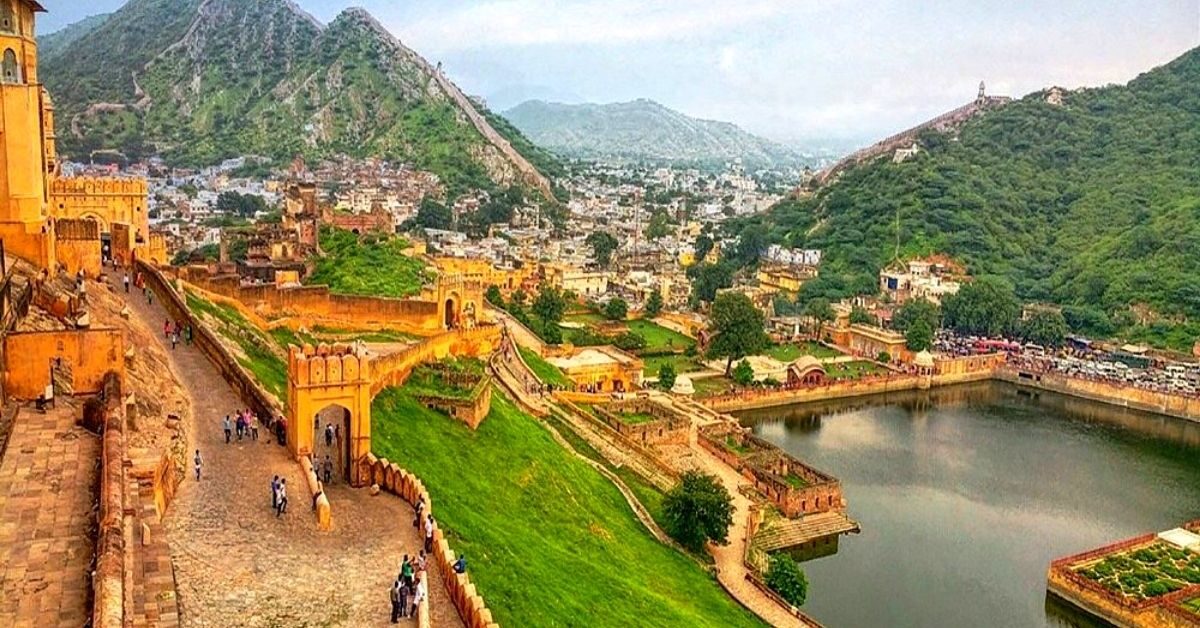
The architecture of the Jaigarh Fort:
As the Fortress was built keeping in mind the defense structure, a lot less emphasis was made on the beauty of the structure but a lot more was made on the strategic building of the fort. The central Watch Tower is an important element in the architecture. Other smart technologies like water being harvested and supplied via a canal to the fort etc can be seen here even today. The fort is 3 kilometers in length and 1 kilometer in width. The walls are extremely fortified ensuring the safety of the premises within. The Fort also houses a square garden, various Mandirs, Armoury Chambers, and Museums today.
The Royal Treasure- the mysterious rumors about the Royal Treasure of Jaigarh Fort:
There were many rumors about the existence of a mighty royal treasure. Maharaja Sawai Jai Singh II had hidden in the basements and water tanks of Jaigarh Fort. It was because the fort was highly in protectio that the fort would be the safest place to keep the royal treasure. How true were these rumors? Not very.
What followed was many search operations in the year 1975-77 during the declaration of Emergency by late former prime minister Indira Gandhi. The army troops looked for the hidden treasure everywhere and the search lasted for up to 3 months. To their disappointment, they couldn’t find any treasure. Many search operations to locate any possible existence of the royal treasure. Thus the rumors were finally none and it was confirm that Jaigarh Fort does not house any Royal Treasure. The Royal Treasure was used in building the beautiful city of Jaipur by Maharaja Jai Singh.
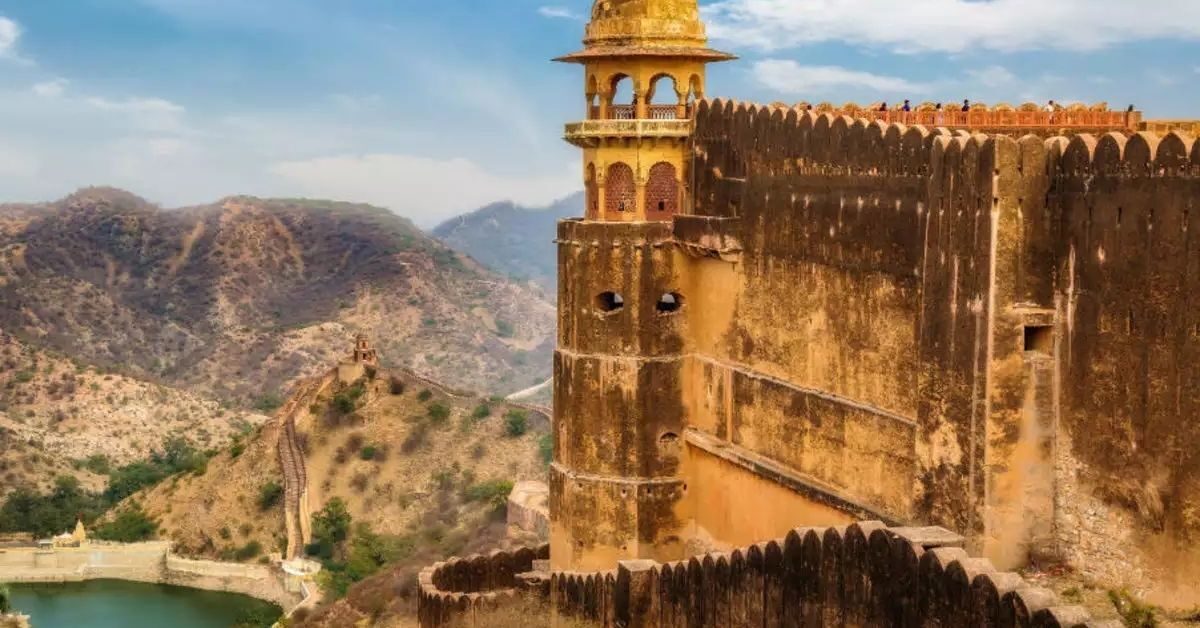
Ticket prices to visit Jaigarh Fort. The entry fee for Indian Citizens is 150 Rs and for Foreign nationals is 200 Rs. Students Studying the field of History or Arts can avail of discounts by showing their id cards.
Timings to Visit Jaigarh Fort: one can visit Jaigarh fort from 9 am up to 4.45 pm. This is because in the evening the surroundings of Jaigarh Fort could be dangerous. The fort is open for public visits throughout the week.
Best Time to Visit Jaipur: October to March.
Thus, if you want to learn the history of Jaipur, Jaigarh Fort is your top priority while in Jaipur.


